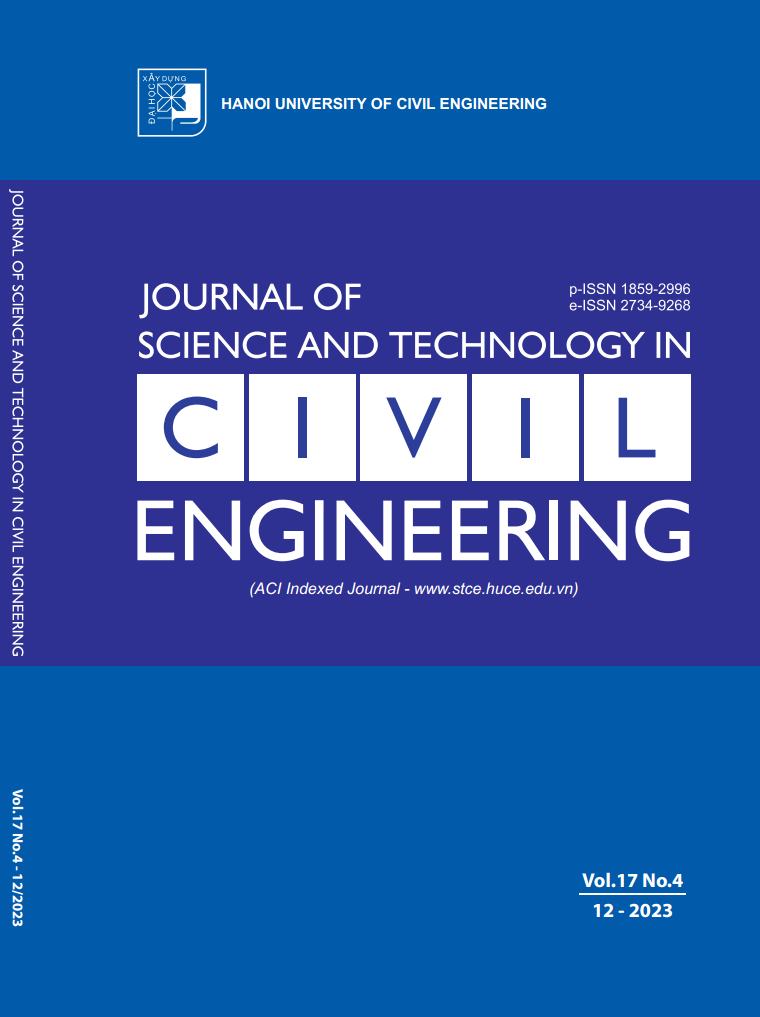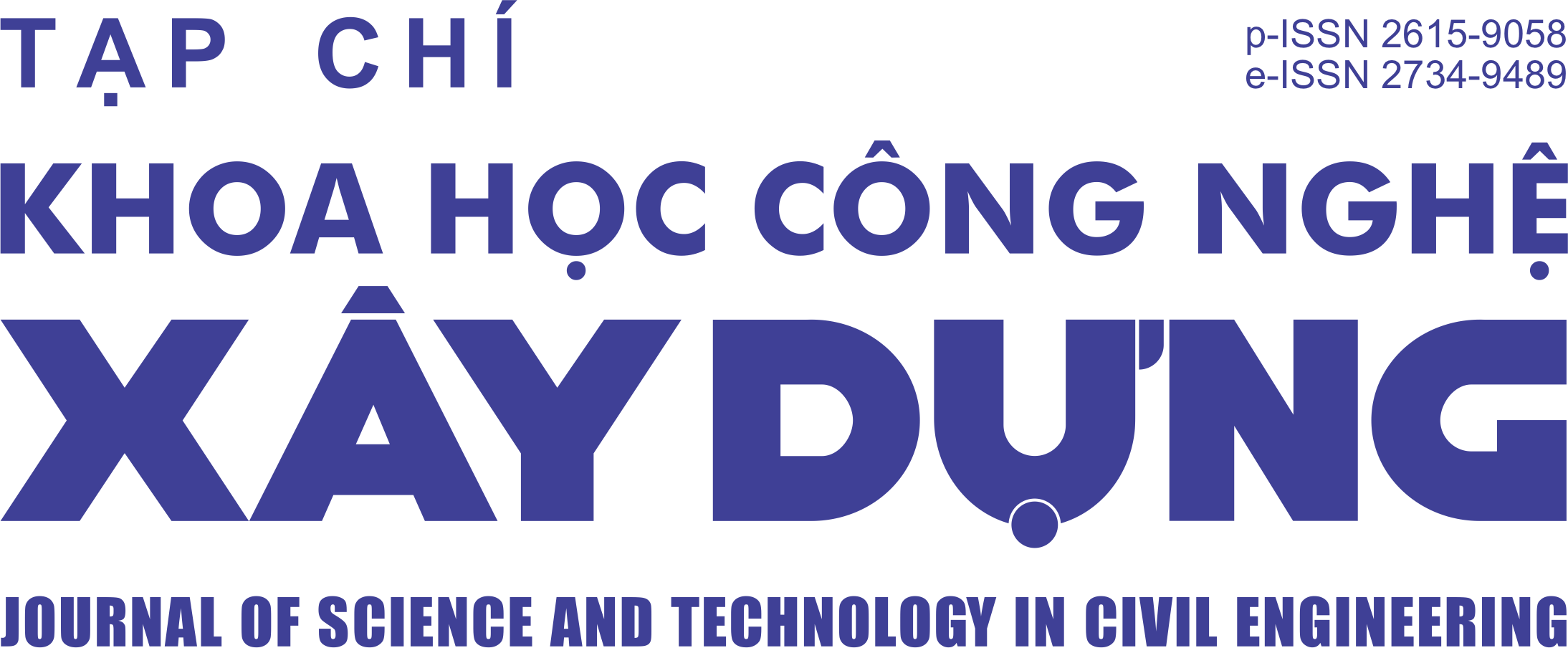Simplified approach for quantitative analysis of hardened concrete microstructure using autocorrelation function
Abstract
In this paper, the internal microstructures of three different concrete mixtures were investigated through digital
image analysis procedure conducted on a set of 60 cross-sectional images of hardened concrete specimens.
To quantitatively describe the geometry and spatial organization of all the components within the hardened concretes and measure the heterogeneity of different concrete mixtures and sample shapes, a two-dimensional
Autocorrelation Function (ACF) analysis program was performed on a series of 60 scanned images of internal
cross-sectional images. This enabled us to define a correlation range called the microstructural characteristic
length, li, which can be used as: (i) an indicator to quantify the properties on the domain size of the internal microstructure of hardened concrete, and (ii) an input parameter for constitutive modeling or for estimating the
Representative Volume Element (RVE) of concrete. As the image analysis procedure based on ACF does not
require the segmentation of the images, the method proposed in the present paper provides a simple and useful way of quantifying the microstructure of concrete for many practical purposes.
Downloads
Copyright (c) 2023 Hanoi University of Civil Engineering

This work is licensed under a Creative Commons Attribution-NonCommercial-NoDerivatives 4.0 International License.
1. The Author assigns all copyright in and to the article (the Work) to the Journal of Science and Technology in Civil Engineering (JSTCE) – Hanoi University of Civil Engineering (HUCE), including the right to publish, republish, transmit, sell and distribute the Work in whole or in part in electronic and print editions of the Journal, in all media of expression now known or later developed.
2. By this assignment of copyright to the JSTCE, reproduction, posting, transmission, distribution or other use of the Work in whole or in part in any medium by the Author requires a full citation to the Journal, suitable in form and content as follows: title of article, authors’ names, journal title, volume, issue, year, copyright owner as specified in the Journal, DOI number. Links to the final article published on the website of the Journal are encouraged.
3. The Author and the company/employer agree that any and all copies of the final published version of the Work or any part thereof distributed or posted by them in print or electronic format as permitted herein will include the notice of copyright as stipulated in the Journal and a full citation to the Journal as published on the website.







